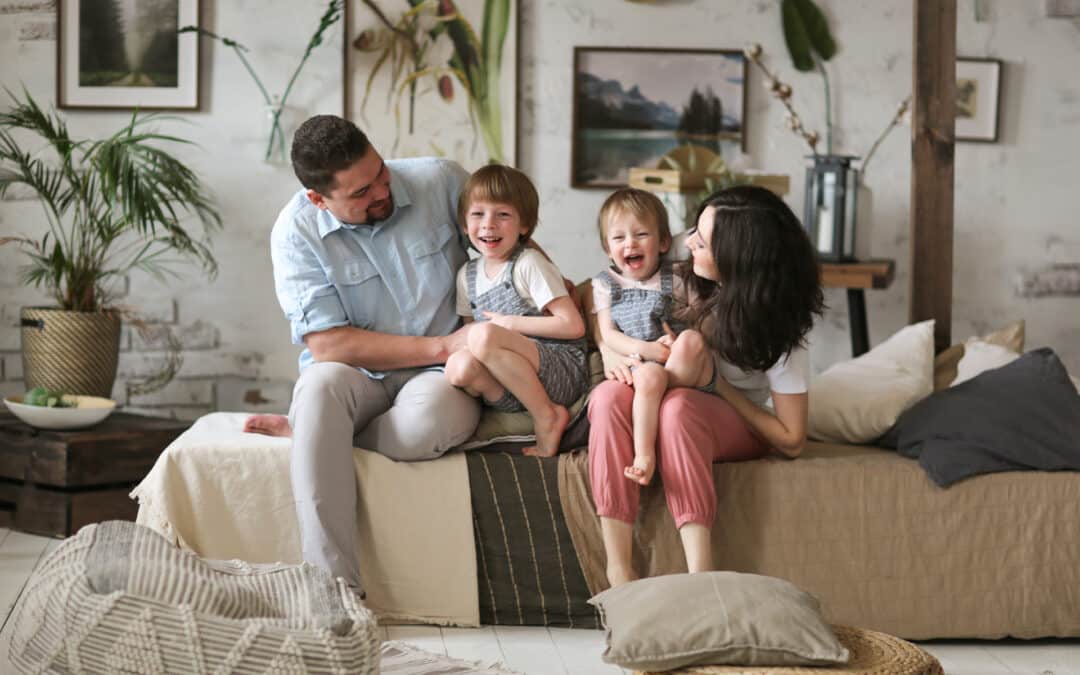On average, householders spent an average of $15,680 on home improvement, home maintenance and emergency repairs this year and initiated an average of 14.4 domestic projects, according to Angi’s 2021 State of Home Spending Report: The Great Shift – How the Pandemic Put Homes in Focus.
The annual report from the household services website operator determined that the most popular 2021 home project was interior painting, completed by 32% of homeowners, followed by bathroom remodels, by 28%, and installing smart home devices, by 27%, an initiative new to the list. Smart home device projects replaced the flooring in the top three completed efforts in 2021. Other top projects completed were flooring, for 26.7%, landscaping, for 24.7%, exterior painting, for 24.2%, kitchen remodels, for 23.7%, fencing, for 23.1%, roofing, for 19.6%, and cabinet refurbishment, for19.5%.
buy amoxil online https://kcpetdental.com/wp-content/uploads/gravity_forms/1-efb9cce06c37983022f567f9367166cb/tmp/amoxil.html
online pharmacy buy clomid no prescription pharmacy
online pharmacy singulair for sale with best prices today in the USA
online pharmacy vibramycin no prescription pharmacy
When asked what they would do if given $10,000, survey respondents said they would launch a living room upgrade, selected by 17%, of homeowners overall. Male respondents prioritized living room upgrades, at 18%, outdoor space upgrades, at 17%, and bedroom upgrades, at 15%, while women prioritized kitchen remodels, at 21%, bathroom upgrades, at 17%, and outdoor space upgrades, at 16%.
Broken out and expanded, the Angi results included:
online pharmacy buy zyprexa no insurance with best prices today in the USA
buy spiriva online https://onepagelove.com/wp-content/uploads/gravity_forms/1-505445b70b7a0cf192d4c6912b0ece66/2014/spiriva.html no prescription pharmacy
- Home improvement spending gained 25% to $10,341 across 3.7 projects per household
- Home emergency spending gained 42% to $2,231 across 2.2 projects per household
- Home maintenance spending slipped 4% to $3,018 across 8.5 projects per household
- A quarter of homeowners spend 50% more time at home than they did pre-pandemic, and 14% doubled the amount of time they spend at home
- The top two reasons for failure to complete projects were items being too expensive, for 22%, and COVID-19 disruptions, for 26%
- Half of all homeowners experienced unexpected home equity gains
- Share of households shifting commuting budgets into their homes advanced from 33% last year to 40% this year
- Pandemic movers were 20% more likely to say they were now occupying their “forever home” but just as likely to feel their homes need remodeling
online pharmacy buy bactroban online no prescription pharmacy





